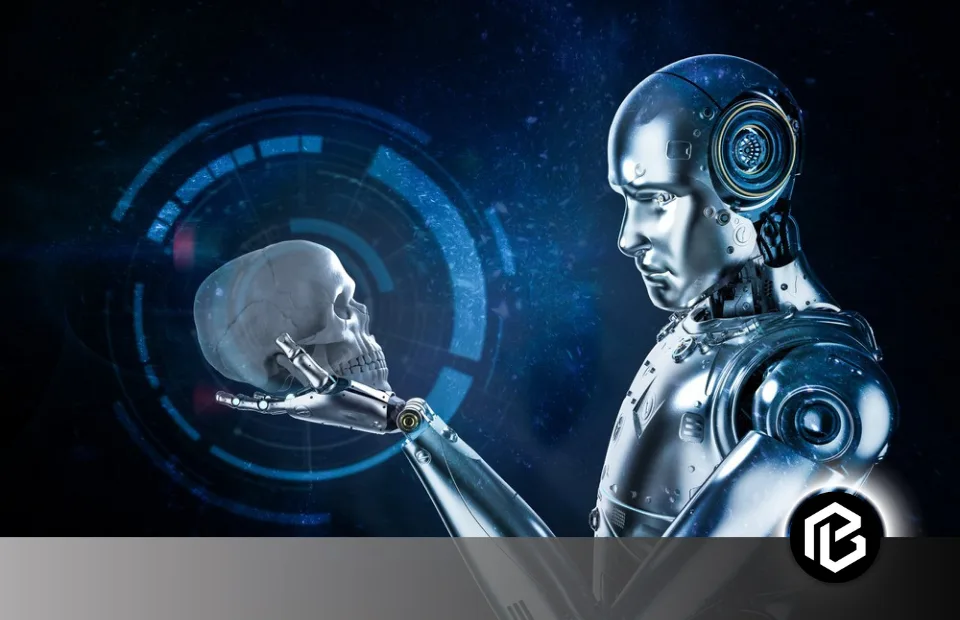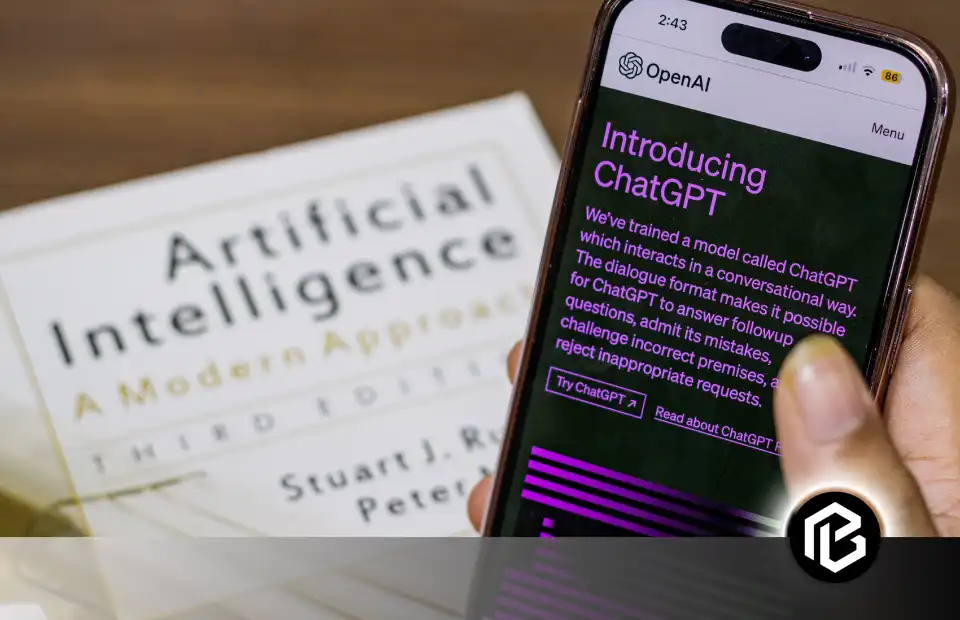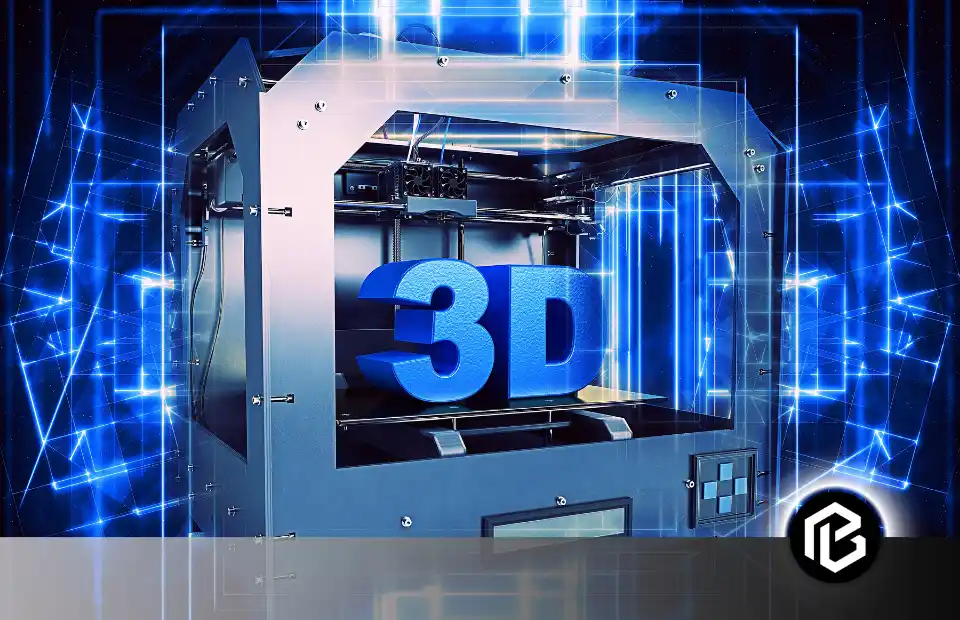Elon Musk’s Brain Chip, known as Neuralink, aims to help individuals regulate their mood and hormones. Humans have been using many kinds of animals for different types of experiments. But now, welcome to the modern era, where human beings serve as the experimental subject for technological robotic surgery advancements.
The announcement that Elon Musk plans to implant chips in human brains has finally arrived.
The concept is exciting and terrifying in equal measure. Let’s explore this new technology called Neuralink brain implant device in detail.
- First Human Trial
- What is the N1 Brain-Computer Interface Device?
- Monitoring the Patient
- What is the R1 Surgical Robot Procedure?
- Elon Musk's Point of View
- The Preferred Patients
- Which type of People can Register for the Neuralink Trial?
- Patient's Safety and Funding
- Conclusion
- Frequently Asked Questions on Elon Musk Chip Brain
First Human Trial
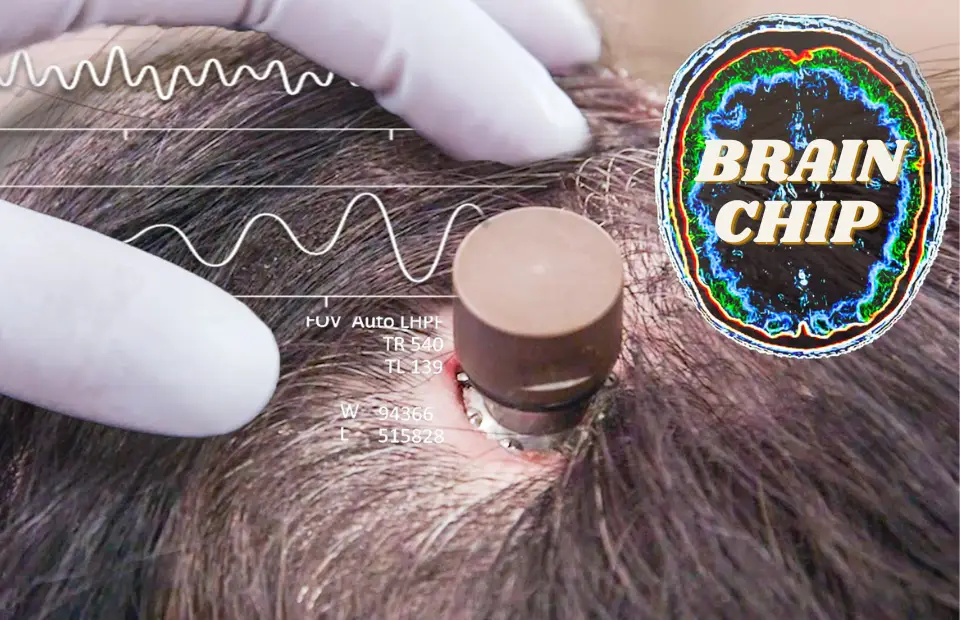
Neuralink recently announced the successful completion of the first human trial of their revolutionary brain implant device.
The company announced that they were given the green light to begin recruiting the first human subjects for their clinical trial by an independent institutional review board. Prime stands for precision robotically inserted brain-computer interface, the official name for this clinical investigation.
Researchers will test Neuralink’s wireless brain-computer interface implants in this clinical trial. It may take up to six years to finish the first human experiment and confirm the results. The first 18 months of the study will be the bulk of the research.
What is the N1 Brain-Computer Interface Device?
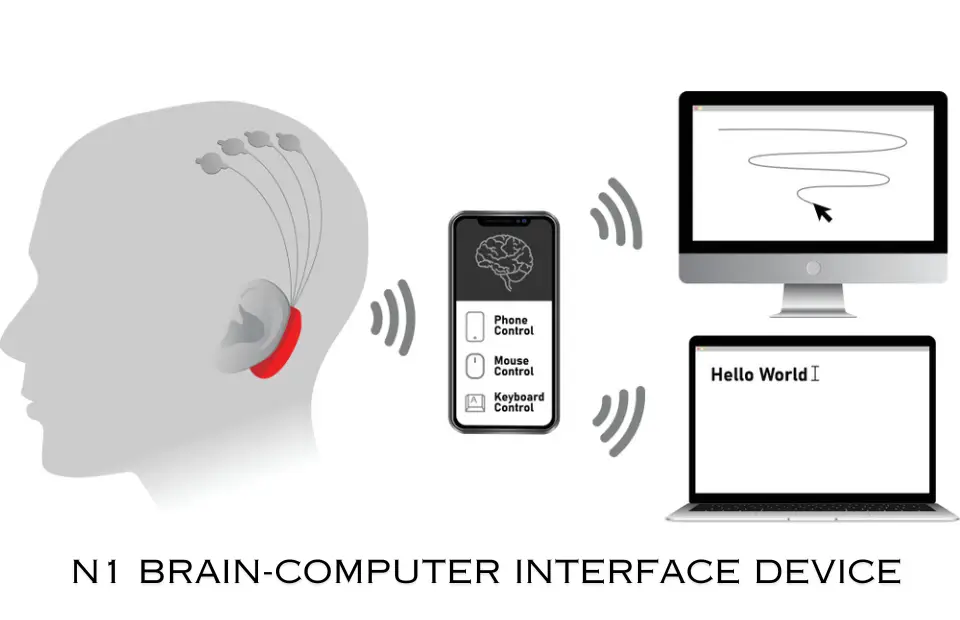
The N1 chip facilitates communication between the brain’s neural signals and hooked gadgets. It can remotely record and transmit data about your brain’s electrical activity. It also has Bluetooth connectivity, so you may wirelessly share the processed neural data with other devices.
Users can use their thoughts to operate computers, keyboards, and other devices. N1 chip can transfer brain data that external devices can decode and understand.
Monitoring the Patient

After the Neuralink device has been implanted, the patient will visit with a medical team every two months to monitor their development and ensure the gadget is functioning normally. Each patient will meet with the Neurallink team for an hour of BC research at least twice a week for 18 months.
Clinical visits will continue at a rate of four per year for five years beyond the conclusion of the primary study, marking the beginning of the long-term follow-up phase of the trial. The primary purpose of the test is to determine the safety of the M1 implant with the R1 surgical robot. In addition, this will allow professionals to evaluate the efficacy of the Neuralink technology in enabling paralyzed persons to operate external devices using only their minds.
What is the R1 Surgical Robot Procedure?
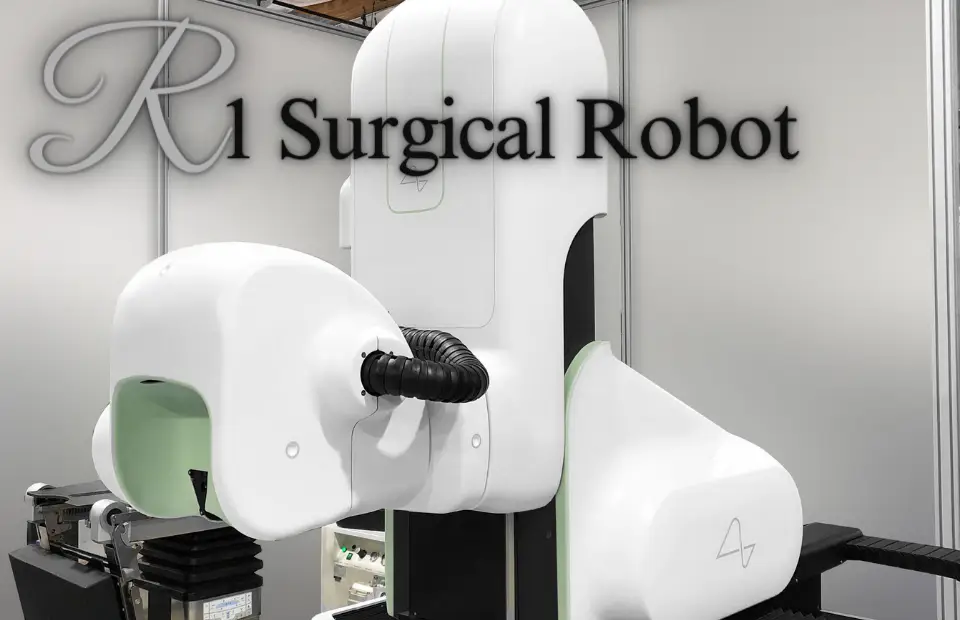
In these procedures, Neuralink’s R1 robot is used on a human patient for the first time. I can’t picture myself lying in that operating room bed.
In this situation, the R1 functions like a sewing machine to implant thin, flexible threads into the brain’s motor cortex. This region of the brain determines the actions you intend to take. What it showed was that no machine could ever replace a human surgeon. Using this equipment, a human surgeon must still remove a skin flap from each patient’s skull. Next, the surgeon will carve out a circular portion of the head that is the exact size required for the Neuralink implant. The surgeon may or may not remove the dura, the thin membrane that lines the inside of the skull and protects the brain.
The neural layer must be removed since it presents a barrier to early versions of Neuralink’s technique. They’ve been working on improvements such that the Neuralink device’s threads may go through the dura without tearing it.
At this point, 64 electrode threads will be surgically implanted into the brain’s surface using a sophisticated targeting computer. Due to the precision of the treatment, no brain tissue blood vessels will be ruptured. After the N1 device has been positioned inside the skull cavity and the threads inserted, the skin flap is replaced and stitched shut.
With this cutting-edge surgical method, the N1 implant may be placed under the skin without affecting the patient’s appearance, and brain impulses can be transmitted and recorded wirelessly over Bluetooth to the Neuralink smartphone app. This program can translate muscle tensions and other cortical activity into usable computer input.
Elon Musk’s Point of View
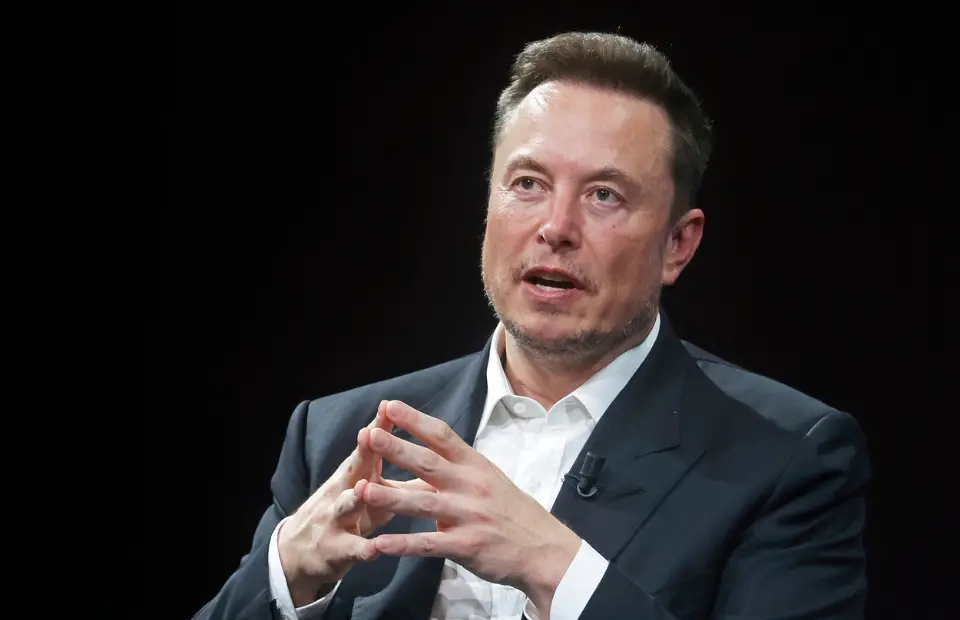
The primary goal of the Prime study is to enable people to use only their thoughts to operate a computer’s pointer and keyboard.
Elon Musk, Twitter (X) " The first human patient would soon receive a Neuralink device, which has the potential to restore entire bodily movement. "
It will be implanted in the brain. Musk sees Neuralink as a technology connecting the human brain with AGI and as a bridge between the two.
He sees this technology as having the potential to improve the bandwidth between humans and AI and between humans, hence lowering the hazards associated with AI and civilization.
To Musk, the future is one in which brilliant computers that can quickly digest enormous amounts of information eliminate the input lag between human thought and computer action. Musk thinks that traditional input methods like typing or speaking must be improved to keep up with such advanced AI.
Therefore, a direct and immediate high-bandwidth connection between the human mind and AI is vital. He continued by emphasizing the technology’s potential practical applications, giving the example of Stephen Hawking and how the latter’s already-remarkable contributions to theoretical physics and cosmology may have been multiplied had communication barriers been eliminated.
You can be sure that Elon Musk will have plenty to say whenever he takes up on “X,” whatever it may be. Adding to his previous observations, he suggested that Tesla’s humanoid robotic technology, such as the Optimus robot they are creating, could be integrated with a Neuralink implant. He used the example of Luke Skywalker from the final scene of “The Empire Strikes Back,” in which Luke is given a cybernetic hand that looks identical to the one that Darth Vader amputated. Musk’s Neuralink technology may one day help us overcome our weaknesses as human beings.
The Preferred Patients

Neuralink stated their desire to conduct a clinical trial and specifically sought out those people with quadriplegia due to a cervical spinal cord injury or amyotrophic lateral sclerosis. These people frequently have limited or no ability to move their bodies below the neck. Typically, they rely on expensive and limited gear like a head mouse or an eye-tracking device.
While Neuralink cannot restore function after a spinal cord injury or reverse the consequences of aging, it may give a comprehensive solution to these people’s communication difficulties. The effectiveness of the technology in improving communication and control has been proved in trials with macaque monkeys; if the monkeys can use Neuralink to play Pong, it’s feasible that humans could exert complete control over a computer using the same technology.
Elon Musk has always believed that Neuralink might one day be able to battle brain diseases like ALS, MS, Parkinson’s, and Alzheimer’s and even cure the consequences of spinal cord injuries. Given that the cause of many of these diseases remains primarily unknown, the billionaire also acknowledged the hypothetical nature of his claims.
Which type of People can Register for the Neuralink Trial?
In what direction, then, do we head next? Suppose Neuralink’s first clinical trial goes well. In that case, I see them expanding into more speculative investigations like these. Patient registration is open to anyone interested in participating in a Neuralink trial. This registry serves both ongoing and future clinical trials, giving Neuralink valuable insights into the requirements of various people with various impairments. Any U.S. resident over 18 who is blind, deaf, mute, or has lost a significant body part due to an accident or disease can apply.
Patient’s Safety and Funding

Many of you wonder what kind of harm could come from this experiment. Still, it’s important to remember that Elon Musk’s brain implant firm just finished its most significant funding round, led by Peter Thiel’s Founders Fund, which invested $28 million. With that kind of investment in R&D, Neuralink must have considered and mitigated all risks to the subjects’ physical safety.
The latest round of funding brings Neuralink’s total capital up to $500 million, with Thiel’s fund providing a large chunk of it.
Furthermore, firms like Neuralink’s concept of implanting chips in human brains raises serious ethical concerns about people’s lives, privacy, and individual and collective agency.
Conclusion
We cannot deny this project’s importance to humanity and disabled people. It would be great to see these people living a better and more productive life rather than being a burden to their families. But there is a danger that if brain implants were commonplace, it would further worsen existing healthcare and economic differences by allowing only the wealthy to take advantage of their potential benefits. So, there should be proper implementation of this technology.
Frequently Asked Questions on Elon Musk Chip Brain
What are some potential applications of Elon Musk's brain chip?
Potential applications of Neuralink include restoring movement and sensation for individuals with paralysis, treating neurological conditions such as Parkinson's disease and epilepsy, enhancing memory and cognitive function, and enabling direct brain control of external devices.
Is Elon Musk's brain chip safe?
Safety is a priority for Neuralink, and extensive testing and regulatory approval processes are underway to ensure the safety and efficacy of the technology. However, as with any medical device, there are inherent risks, and careful consideration of ethical and safety concerns is essential.
Will Elon Musk's brain chip be accessible to everyone?
Initially, Neuralink is being developed for medical applications, but Elon Musk envisions a future where the technology is accessible to everyone, potentially offering new opportunities for human-machine integration and augmentation.
How does Elon Musk's brain chip address privacy and security concerns?
Neuralink is designed with privacy and security in mind, incorporating encryption and other safeguards to protect user data and prevent unauthorized access to the brain-computer interface.
When will Elon Musk's brain chip be available to the public?
While Neuralink is still in the early stages of development, Elon Musk has expressed optimism about the technology's potential and hopes to begin human trials in the near future, with the eventual goal of making the technology widely available pending regulatory approval.



